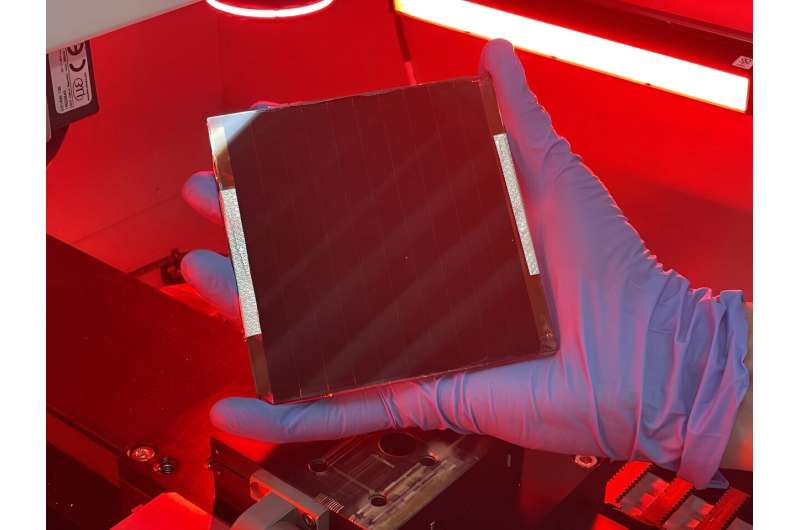Although a myriad of different traits have tried to describe human beings over the years, it’s well-known that none have done a better than our tendency to grow on a consistent basis. This growth-oriented mindset, …
Although a myriad of different traits have tried to describe human beings over the years, it’s well-known that none have done a better than our tendency to grow on a consistent basis. This growth-oriented mindset, in turn, has empowered the world to clock some huge milestones in its wake, with technology emerging as quite a major member of the group. The reason why we hold technology in such a high regard is, by and large, predicated upon its skill-set, which guided us towards a reality that nobody could have ever imagined otherwise. Nevertheless, if we look beyond the surface for one hot second, it will become abundantly clear how the whole runner was also very much inspired from the way we applied those skills across a real world environment. The latter component, in fact, did a lot to give the creation a spectrum-wide presence, and as a result, initiate a full-blown tech revolution. Of course, this revolution eventually went on to scale up the human experience through some outright unique avenues, but even after achieving a feat so notable, technology will somehow continue to bring forth the right goods. The same has turned more and more evident in recent times, and assuming one new discovery ends up with the desired impact, it will only put that trend on a higher pedestal moving forward.
The researching team at Pennsylvania State University has successfully developed a new cost-effective method for creating bio-inspired solar devices that could improve the performance of next-generation solar technology. To contextualize the significance of such a development, we must acknowledge, while perovskites are a promising solar cell technology because they exceed the efficiency of traditional silicon, their material quickly degrades when exposed to moisture. Now, we have already seen a handful attempts geared towards solving the problem, but nearly all of them have caused a dip in efficiency, an increase in costs or in some cases, both. So, talk about how Penn State researchers approached the issue, the team basically combined perovskite solar cell material, best known for their unique crystalline structure that excels at absorbing visible light, with a synthesized version of natural lipid biomolecules. This resulted in a mechanism where biomolecules formed a membrane-like layer around the stated perovskite, thus handing it a better defense against moisture-induced degradation. Not only it saved the material from getting worse, but it also ended up boosting its stability and efficiency.
“In this work we are trying to solve two major problems in the field of perovskite solar cells—efficiency and stability,” said Luyao Zheng, a postdoctoral scholar in the Department of Material Science and Engineering at Penn State and co-author on the study. “I think the major achievement here is that we were able to make a very large module with really good uniformity across the large area, and we’ve also been able to maintain a very good efficiency as well as stability.”
In order to test out their latest brainchild, the researchers created 10-square-inch perovskite solar cells and field tested them in Pennsylvania from October through February. Going by the available details, the cells displayed consistent efficiency translating to 19% for more than 116 days of continuous use in natural weather conditions, including snow and humidity. The number is pretty much similar to what has been achieved by commercial silicon solar cells, but the new fabrication process is far simpler and cheaper than any other alternative.
“Typically, when you increase the module area, the efficiency of the solar cell decreases very quickly—you see a very sharp drop,” Zheng said. “But in this work, when we upscale the module, we didn’t see much decrease. I think that’s a highlight of our work.”
The new technology’s commercial potential is automatically revealed once you take into account how mixing biomaterials would not significantly increase manufacturing costs. Also, guess what, it is environment-friendly, something which should give the whole setup much greater importance, as we try to fight a climate crisis.
Still, though, the team behind it has already started looking for ways to improve the discovery in question. For instance, the researchers are now planning to create larger solar devices and conduct a systematic investigation of other biomolecules that could have similar beneficial properties.
“We have a lot of things to learn still to learn from nature,” said Yuchen Hou, who conducted this research while a doctoral student in the Department of Materials Science and Engineering at Penn State. “Natural materials and natural structures still can give us lots of inspiration during the creation of artificial material devices. I think this work is an example of how we can learn from nature to bolster our artificial devices.”




